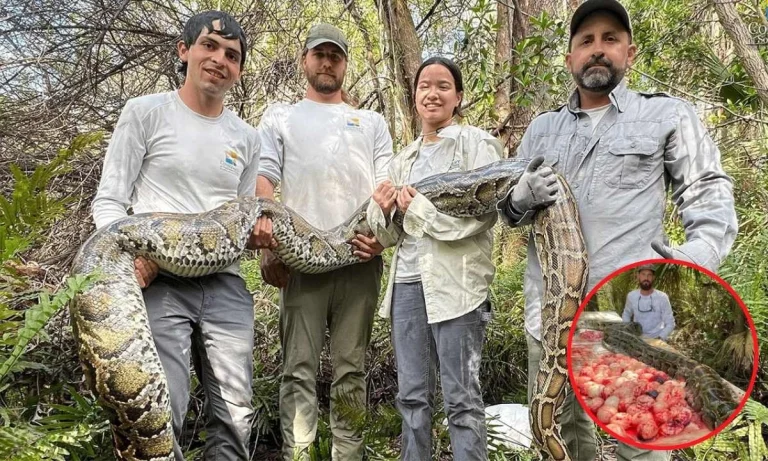The Loch Ness Centre in Scotland reported the first potential sighting of the elusive Loch Ness Monster in 2025. A visitor captured photos of a “black mass” moving beneath the water’s surface.
The sighting was reported to the Loch Ness Centre in Inverness. It is another chapter to the long-running legend of Scotland’s most famous lake creature.
The observer, (name not disclosed) spotted the dark shape gliding just below the surface of Loch Ness. Favorable weather conditions allowed for a clear view, and the witness quickly snapped a photograph. The experts continue to analyse the photograph.
The sighting reportedly lasted several minutes, making it one of the most notable recent encounters with the fabled creature.
“The conditions on the day of this sighting were absolutely perfect. This could very well be our first significant sighting of the year, further fueling the mystery surrounding Loch Ness and its most famous resident.”
Loch Ness Centre spokesperson Nagina Ishaq acknowledged the significance of the sighting.
She emphasized their dedication to solving the mystery: “We continue to explore every possibility and are committed to uncovering the truth.”
The latest sighting has reignited efforts from independent research groups like Loch Ness Exploration. It has encouraged enthusiasts to keep documenting unusual activity.
Alan Mackenna of the organization expressed excitement over the continued public interest, saying, “Whether you’re capturing intriguing sonar readings, spotting unusual surface disturbances, or noticing patterns in the loch’s natural behavior, we’d love to hear from you.”
He stressed that every observation contributes to a broader understanding of the loch’s mysteries.
Despite the enthusiasm, some researchers remain skeptical about what lurks beneath the waters. Recently, Prince William, during a visit to the NatureMetrics research lab near London, inquired whether modern environmental DNA (eDNA) technology could determine the truth about Nessie.

In response, the lab’s founder, Dr. Kat Bruce, suggested that the legendary monster is likely a “very big eel,” based on previous DNA testing conducted in the loch.
The possibility that Nessie could be an oversized eel is a longstanding theory. However, sightings like the latest one continue to challenge scientific explanations. While technology has advanced, Loch Ness remains a place where folklore and mystery blur the line between myth and reality.

Wilson/Keystone/Getty Images
What exactly did the witness see in Loch Ness? Could this be the strongest evidence yet, or is there a rational explanation behind the “black mass” moving beneath the water? The mystery persists, and as long as Nessie remains unseen in full, the world will keep watching.











